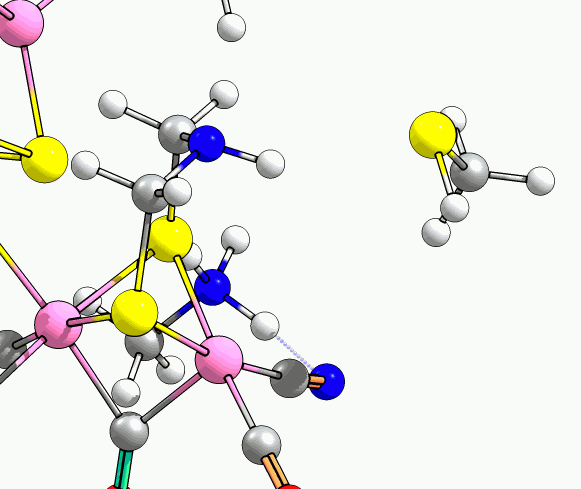Nature Chemistry | Article / 22 Aout 2016
Mechanism of O2 diffusion and reduction in FeFe hydrogenases
Adam Kubas, Christophe Orain, David De Sancho, Laure Saujet, Matteo Sensi, Charles Gauquelin, Isabelle Meynial-Salles, Philippe Soucaille, Hervé Bottin, Carole Baffert,Vincent Fourmond, Robert B. Best, Jochen Blumberger & Christophe Léger
Nature Chemistry (2016) doi:10.1038/nchem.2592
Received  02 December 2015/ Accepted 08 July 2016/ Published online 22 August 2016
Abstract
FeFe hydrogenases are the most efficient H2-producing enzymes. However, inactivation by O2 remains an obstacle that prevents them being used in many biotechnological devices. Here, we combine electrochemistry, site-directed mutagenesis, molecular dynamics and quantum chemical calculations to uncover the molecular mechanism of O2 diffusion within the enzyme and its reactions at the active site. We propose that the partial reversibility of the reaction with O2 results from the four-electron reduction of O2 to water. The third electron/proton transfer step is the bottleneck for water production, competing with formation of a highly reactive OH radical and hydroxylated cysteine. The rapid delivery of electrons and protons to the active site is therefore crucial to prevent the accumulation of these aggressive species during prolonged O2 exposure. These findings should provide important clues for the design of hydrogenase mutants with increased resistance to oxidative damage.
 
 




